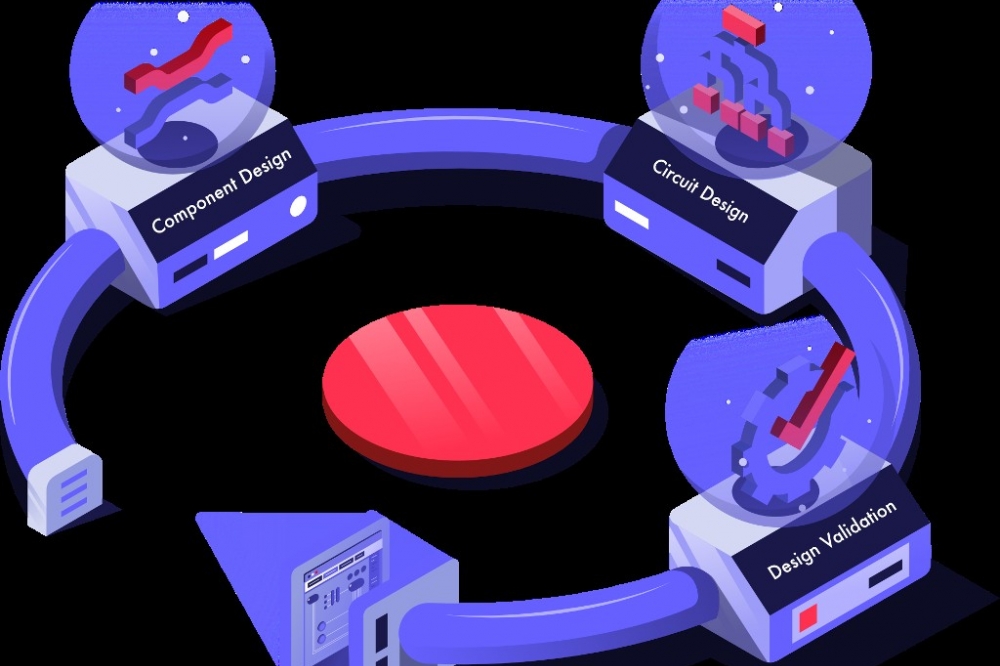Luceda Photonics introduces new PIC design software

Luceda Photonics has introduced IPKISS Canvas, which it describes as a new graphical co-pilot for PIC design, to its Design Platform 3.10. The company says that IPKISS Canvas enables designers to analyse their circuits in a schematic environment and focus on crucial aspects such as connectivity and functional verification. According to Luceda, Canvas can also be used to generate fresh ideas on an abstract level before diving into layout implementation, or to enhance communication around the design process.
Additionally, the company has introduced features including ConnectElectrical, a new dedicated electrical connector to easily route electro-optical circuits and devices, and support for multi-layer electrical netlist extraction for easy verification of the correct implementation of complex layouts. Luceda says that, thanks to significant performance improvements, layout visualisation is quicker than ever, enabling faster design iterations.
Elaborating on the new product, Luceda describes IPKISS as a canvas where new and existing designs come to life, and that reveals critical errors that go unnoticed during layout inspection. Before taping out, circuits can be exported to Canvas to focus on crucial aspects such as connectivity and functional verification of the correct parameters. Designs can also be annotated with essential information, such as waveguide lengths, losses, and more.
Furthermore, the software aims to kickstart design flow by capturing schematics: designers can select one of Luceda’s supported PDKs, explore the components available, drag-and-drop them onto the canvas, and start creating a circuit. Once the circuit is complete in IPKISS Canvas, the company says it can be seamlessly transitioned back to code to finalise the layout, inspect the circuit simulations and prepare the PIC design for tape-out.
To enhance communication throughout the design process, complex design details can be shared with fellow designers, team leads, system experts, and technology specialists using the schematic Canvas environment. From PDK foundry components to custom-designed cells, circuit parameters, annotations, and connectivity checks, IPKISS Canvas aims to make visualising photonic integrated circuits intuitive.



































